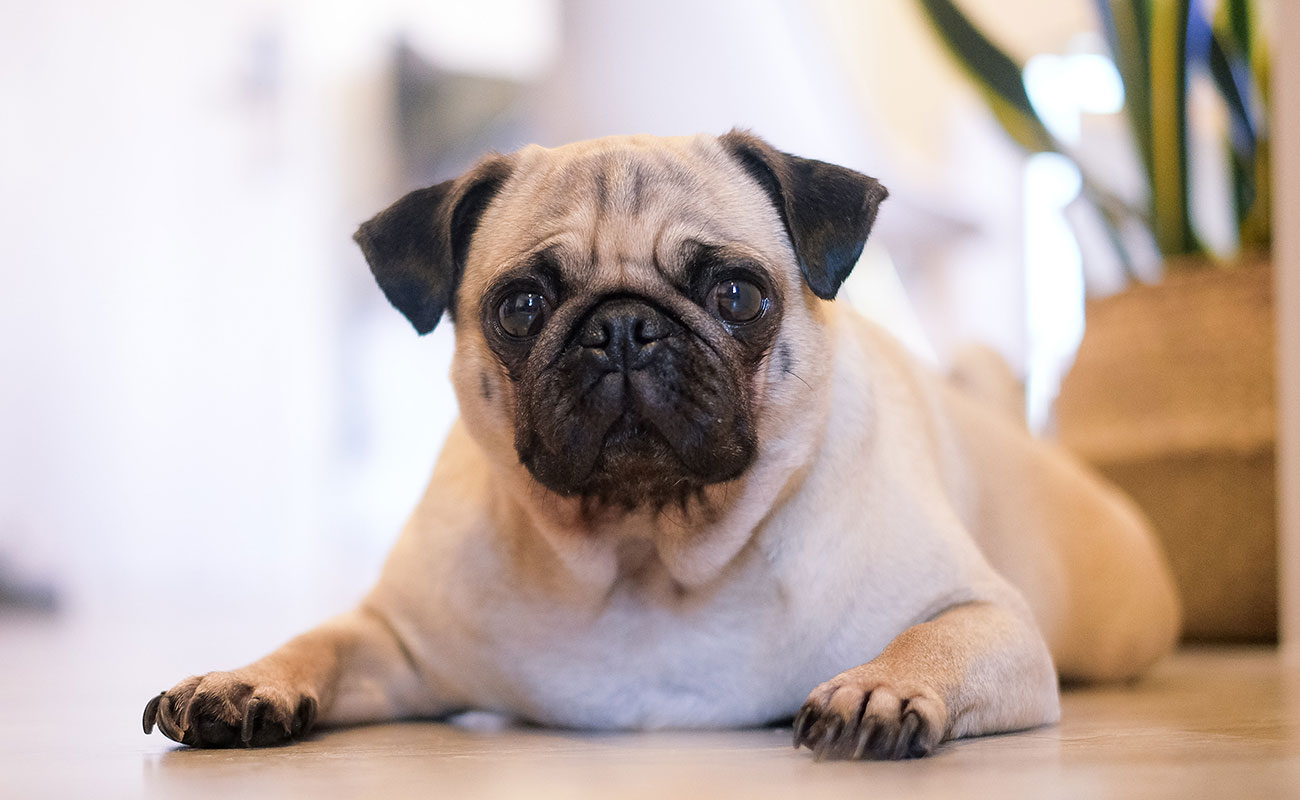pub, Emergencies are scary enough on their own, before adding the unpredictability of animals to the mix. But planning for an emergency doesn’t have to be scary and a small amount of time preparing for emergencies or avoiding them in the first place is time well spent if it keeps you and your pet safe.
Try this thought experiment: what would you do right now if there was a fire or other emergency in your home? Would you be able to quickly evacuate your pets?
Just by thinking about what could happen in your area and how you could react, you’ve taken the first step in becoming more prepared.
Emergency planning
Good emergency planning involves fleshing out possible emergency scenarios and figuring out what you can do to be ready. Is there equipment you can buy? Skills to learn? Simply having a conversation with your roommate or neighbors to plan can give you a leg up in case of an emergency. Here are some things to think about:
- Does your family have a plan for what to do in an emergency? Do you know evacuation routes? Who will be responsible for which animal?
- Is your dog or cat used to being put in a carrier? This is something that’s good to familiarize an animal with outside of trips to the vet because you may need to do load your pet in a hurry.
- Similarly, does your pet come when called? This “trick” can be lifesaving. Cat owners will likely have a harder time with this one.
Common apartment pet hazards and how to avoid them
In addition to thinking about how to respond to an emergency, the other half of keeping your pet safe at home is thinking about preventing emergencies in the first place by heading-off possible hazards.
Here are some common pet hazards in apartments:
- Candles: Anything with an open flame should never be left unattended, especially with pets around. Nationally, candles are one of the most common causes of home fires.
- Electrical wires: Do your pets like to chew? Electrical wiring is another top cause of fires that you can head of by securing wires out of reach of your pet.
- Plants: Indoor plants can freshen up an apartment, but before you buy a houseplant, check out this list of toxic and non-toxic plants from the ASPCA. Some common plants to avoid are lilies (which cause kidney failure in cats), and the saco palm, which is highly toxic to both dogs and cats.
- Christmas decorations: The holiday season is also the electrical fire season. See this blog post for more information about common issues with decorations, including pet hazards.
Photo courtesy of @Mink Mingle on unsplash.com
